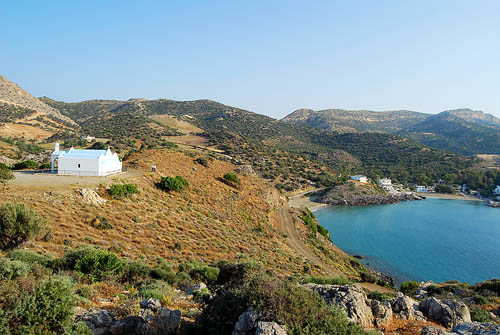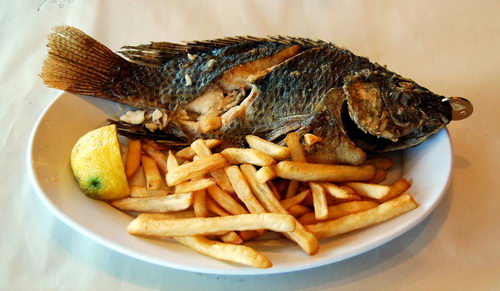The May/June issue of Biblical Archaeology Review carries an article by Robert Deutsch about how an artifact bought on the antiquities market helped to solve a 42-year-old excavation puzzle.
Back in 1870 Charles Clermont-Ganneau excavated a tomb on a cliff overlooking the Kidron Valley in Silwan, but he was unable to read the inscription over the tomb. He cut the inscription from the rock and sent it to the British Museum.
In 1953 Nahman Avigad translated the inscription:
This is [the sepulcher of…] -yahu who is over the house. There is no silver and gold here but [his bones] and the bones of his slave-wife with him. Cursed be the man who will open this.
Numerous scholars have identified this Shebna with the person by the same name who was the secretary and head steward of King Hezekiah. This was the view taken by Avigad in 1953.
The LORD spoke out against the arrogance of Shebna through the prophet Isaiah.
Thus says the Lord GOD of hosts, “Come, go to this steward, to Shebna, who is over the household, and say to him: What have you to do here, and whom have you here, that you have cut out here a tomb for yourself, you who cut out a tomb on the height and carve a dwelling for yourself in the rock? (Isaiah 22:15-16 ESV)
Avigad says that Shebna’s sepulcher “stands in the midst of the necropolis where persons of rank and high distinction were laid to rest” (Israel Exploration Journal 3 (1953): 152)
Deutsch picks up on this discovery and continues with the saga of a bulla [impression of a seal] found at Lachish in the 1960s. One of the small pieces of clay had the name of Shebnayahu on it. The bulla was broken and the archaeologists were uncertain whether one of the words read son of the king or servant of the king.
Deutsch says,
The puzzle remained unsolved for 42 years. Aharoni has long since passed away. Then in 2007, another bulla stamped with the same seal surfaced on the Jerusalem antiquities market. A simple examination leaves no doubt that it is an impression of the same seal as the Lachish bulla. It, too, is broken off at the right edge. But on this bulla, part of an additional letter to the right of ha-melekh, “the king,” has survived: a dalet! The word before ha-melekh ended in a dalet. The word was eved, “servant.” The seal that made this impression belonged to “the servant of the king”!
You may read Deutsch’s full article with photos and drawings online here.













You must be logged in to post a comment.